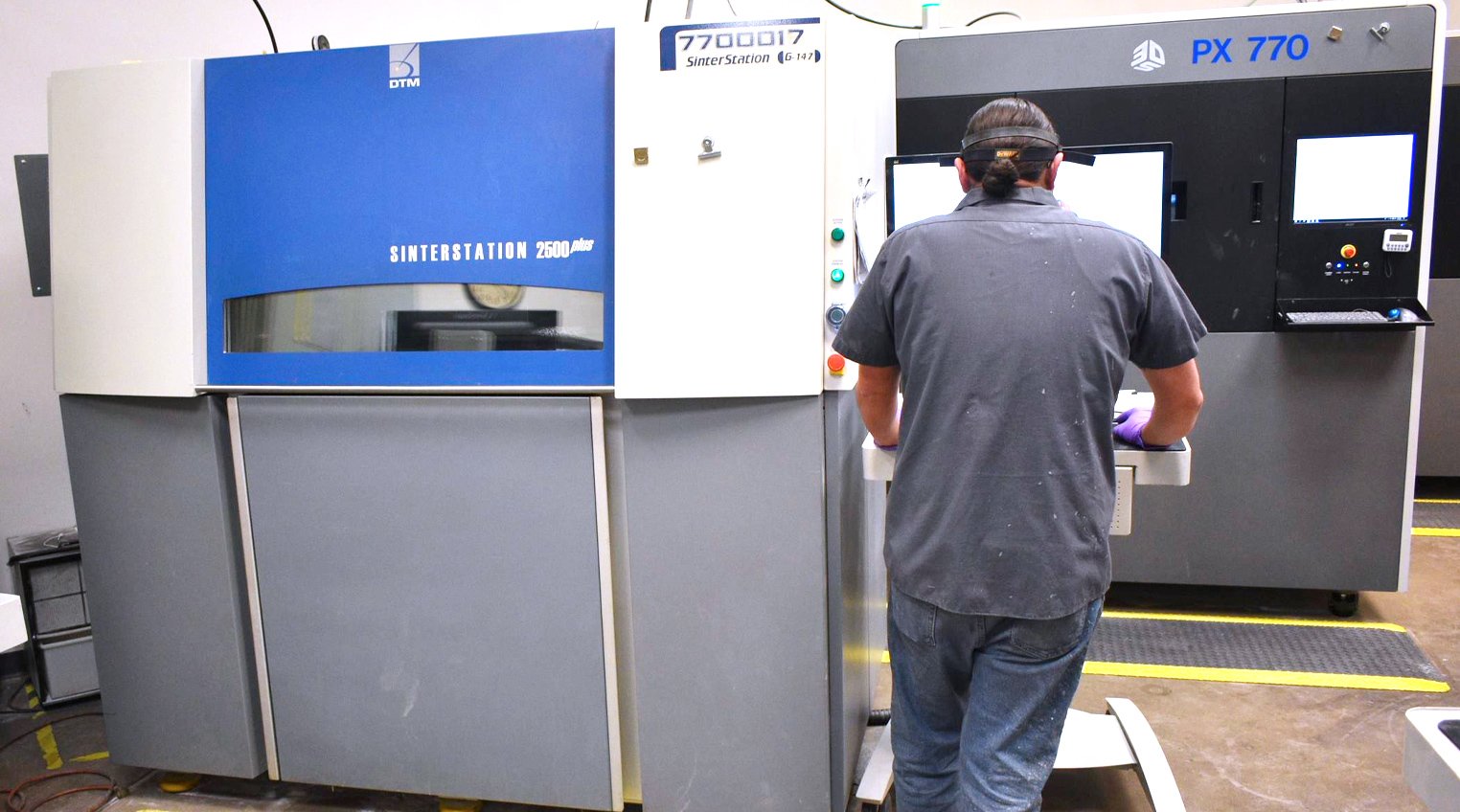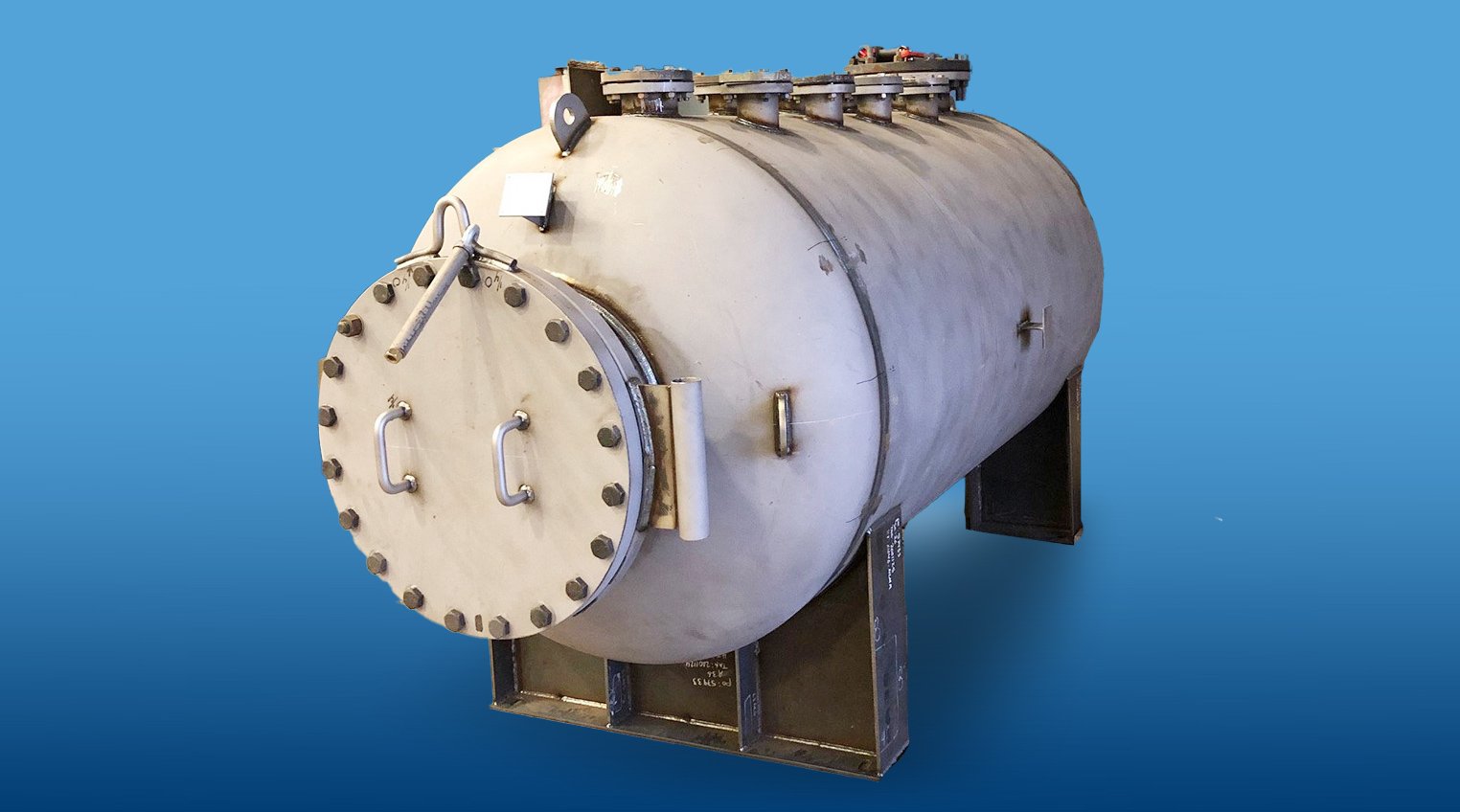Save Time and Money with Additive Manufacturing for Aerospace Solutions
The aerospace industry, often at the forefront of adapting innovative technologies, realizes numerous benefits from additive manufacturing, or 3D printing. Among these are design and cost benefits unique to this style of manufacturing. The ability to produce complex, lightweight parts on demand has significant benefits related to performance, the supply chain, and cost.
This blog will examine the ways that 3D-printed components impact project cost. Cost benefits can include reducing part count and lead time, increasing design flexibility, decreasing waste, and improving sustainability.
And finally, the aerospace additive manufacturing process, while contributing to design flexibility and sustainability goals, also meets specifications for reliability and durability.
Quick test-to-fail spells success
In the past, you may have heard someone ask, “How many times does a quick failure spell success?” In the case of additive manufacturing, it can help companies by saving both time and money. Since additive manufacturing is based on CAD files and not tool-and-die work required by traditional manufacturing methods, this allows designs to be tested for failure at a rapid pace. In the words of one engineer, “If you’re going to fail, you fail fast.” The benefit of this “fast failure” is that additive manufacturing allows for iterative design changes throughout the process of testing.
In traditional manufacturing, the process to complete tooling, run the part, and test it can take months. A design iteration in 3D printing takes a week or two. The rapidity of this testing and redesign process can trim months off the traditional design process.
For example, this design iteration feature plays a prominent role during testing. The OEM design engineer might discover that a part does not allow for sufficient airflow or requires the addition of a bracket or outlet for greater functionality. Additive manufacturing allows for an easy adjustment and a quick turnaround time. The quicker the design can be changed, the more likely the production team can reach its production goals and timeline
3D print-on-demand capabilities support better inventory management
Additive manufacturing enables companies to order the exact quantity of parts required and expect delivery according to the just-in-time methodology. Production is ramped up quickly and easily and tailored to customer demand. This supply chain management approach helps companies manage their inventory and save money by:
- Reducing inventory holding costs. This process helps companies avoid the cost of storing and managing large quantities of inventory. This cuts expenses such as warehousing, transportation, handling, and insurance.
- Reducing the risk of inventory obsolescence. The nimble design flexibility of additive manufacturing, coupled with the ability to print to demand, means the risk of having obsolete parts is drastically reduced, avoiding the cost of ordering, storing, and then disposing of parts that are no longer useful.
- Increasing efficiencies. The print-on-demand and just-in-time delivery cuts the amount of time, effort, and labor required for inventory management.
Shrinking the opportunity for impact
Additive manufacturing shrinks the “opportunities for impact” factor. This factor describes the potential for impact, whether positive or negative, each component could have on the finished product.
In the case of traditional manufacturing, each weld, bracket, bond, rivet, or joint required to fabricate the component involves detailed process specifications, material certifications, operator training/competency, inspections, and inventory management. Further, each step of the process, down to and including the types of materials used, requires a certification and traceability. This involves details as granular as a certificate for the adhesive used to bond parts together.
Therefore, a single part could require multiple certifications using traditional manufacturing methods — more than a dozen in some cases. Additive manufacturing consolidates the manufacturing process to a single process. It shrinks the timeline for manufacturing, drastically reduces the number of certifications required, and reduces the risk for error.
Maximizing the build volume for manufacturing efficiencies
Traditional manufacturing involving a stamp, press, or lathe produces one part at a time, whereas a 3D printer can be programmed to print multiple parts at once. The number of parts is determined by their size, height, and geometry. A large duct with an awkward geometry might fit two to a build. It is also possible to take a large part and surround it with smaller parts to maximize the build volume.
.jpg?width=300&height=144&name=rmb-blog-additive-aerospace-04%20(1).jpg) RMB Products has been making flight-certified 3D-printed parts since 2005 and has seen a dramatic improvement in how engineers are designing parts by taking advantage of 3D printing capabilities.
RMB Products has been making flight-certified 3D-printed parts since 2005 and has seen a dramatic improvement in how engineers are designing parts by taking advantage of 3D printing capabilities.
RMB excels at producing different-sized ducts and other unique geometries. The airline industry does not build thousands of airplanes in a single month, so part runs might number 100 (or less) or even involve the fabrication of a single, custom piece for a private commercial jet. The 3D printing process is particularly well suited for this lower volume.
Cost savings associated with trimming weight
Materials used for parts and components made with 3D printing at RMB are polymeric and not metallic, which helps reduce the weight. Every extra pound in an aircraft costs more money in fuel to operate. Every ounce shaved off equals potential savings for the aircraft operators.
Avoid waste with additive instead of subtractive processes
Traditional technologies are generally subtractive. For example, when machining a piece of aluminum, as much as 90% of the original material might be discarded before obtaining a finished product.
In the case of additive manufacturing, the part grows or is formed 0.005 inches at a time. As the part builds, based on the CAD drawings, the material is not wasted because it is not cut out or subtracted.
Renewable and recyclable to build brand reputation
Additive manufacturing opens up the potential for RMB to use renewable polymers for certain parts. This renewable material helps aircraft manufacturers reach sustainability goals, which are widespread in the industry.
In fact, chief technology officers for seven major aerospace manufacturers, including Airbus, Boeing, and Safran, recently reaffirmed their commitment to more sustainable aviation. As the 3D printer builds a part, it can also can help build a better brand image.
One of the materials that RMB uses is a nylon 11 thermoplastic sourced from castor beans (agricultural based). This renewable resource contrasts starkly with plastics normally sourced from fossil fuels. In fact, the castor bean at the heart of this polymer’s chemical makeup does not compete with food crops or contribute to deforestation. It flourishes even in poor soil conditions. India supplies 80% of the global supply of castor beans.
The resulting polymeric blends created from castor bean oil are stronger and lighter than conventional structural materials. Functional characteristics include polymer grades tailored to aircraft environmental control system (ECS) duct operating temperatures along with being low density and resistant to chemicals and abrasion.
It was designed for use in applications such as molding and 3D printing, which are perfect for short-run critical components with complex geometries. This makes the material environmentally friendly, beneficial to helping sustain the personal economies of the growers, and an attractive option as a renewable resource for companies attempting to reduce their carbon footprint.
There is a place within the industry for all the different technologies used for manufacturing aerospace parts, including 3D printing, rotational molding, and subtractive traditional machining. Metal parts and certain methods of fabrication can withstand higher temperatures in the engine bay, for example, with specifications beyond the performance capabilities of thermoplastics.
Additive manufacturing, however, is disrupting the former ways of manufacturing. It allows designers greater freedom to create complex parts and can overcome the inherent design challenges associated with traditional technologies.
Precision aerospace manufacturing locks in quality
Once the final model is determined and the first article is completed, RMB conducts a full AS9102 first article inspection report. The beauty of 3D printing is that it locks in the specifications determined by this inspection.
This automated process produces a consistent stream of identical parts that all meet this standard. This ensures final product quality each and every time. RMB submits to in-depth audits to obtain recertification for these quality standards. The company has held AS and ISO certifications for more than 20 years.
Contact RMB today to realize cost savings for aerospace parts with additive manufacturing. Bring a CAD file to RMB or ask an RMB engineer for a consultation during the design process.
About the Author: Chris Glock

Chris Glock is vice president of program management at RMB Products. He began his career with RMB in 1991 and has held a variety of manufacturing and commercial roles within the company. His current responsibilities are program and project management. Glock has deep expertise in engineering product applications, quality requirements, and program management.





